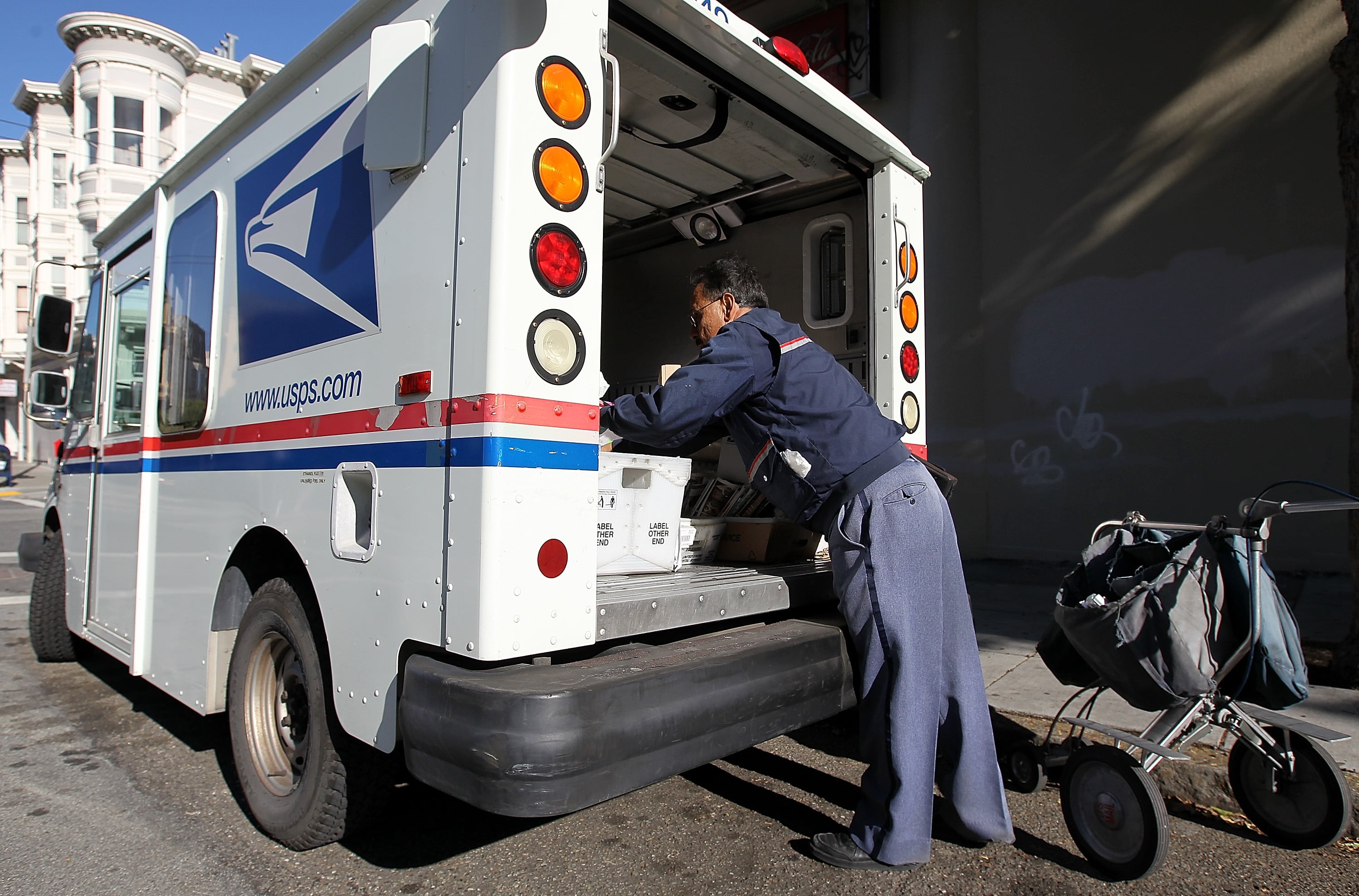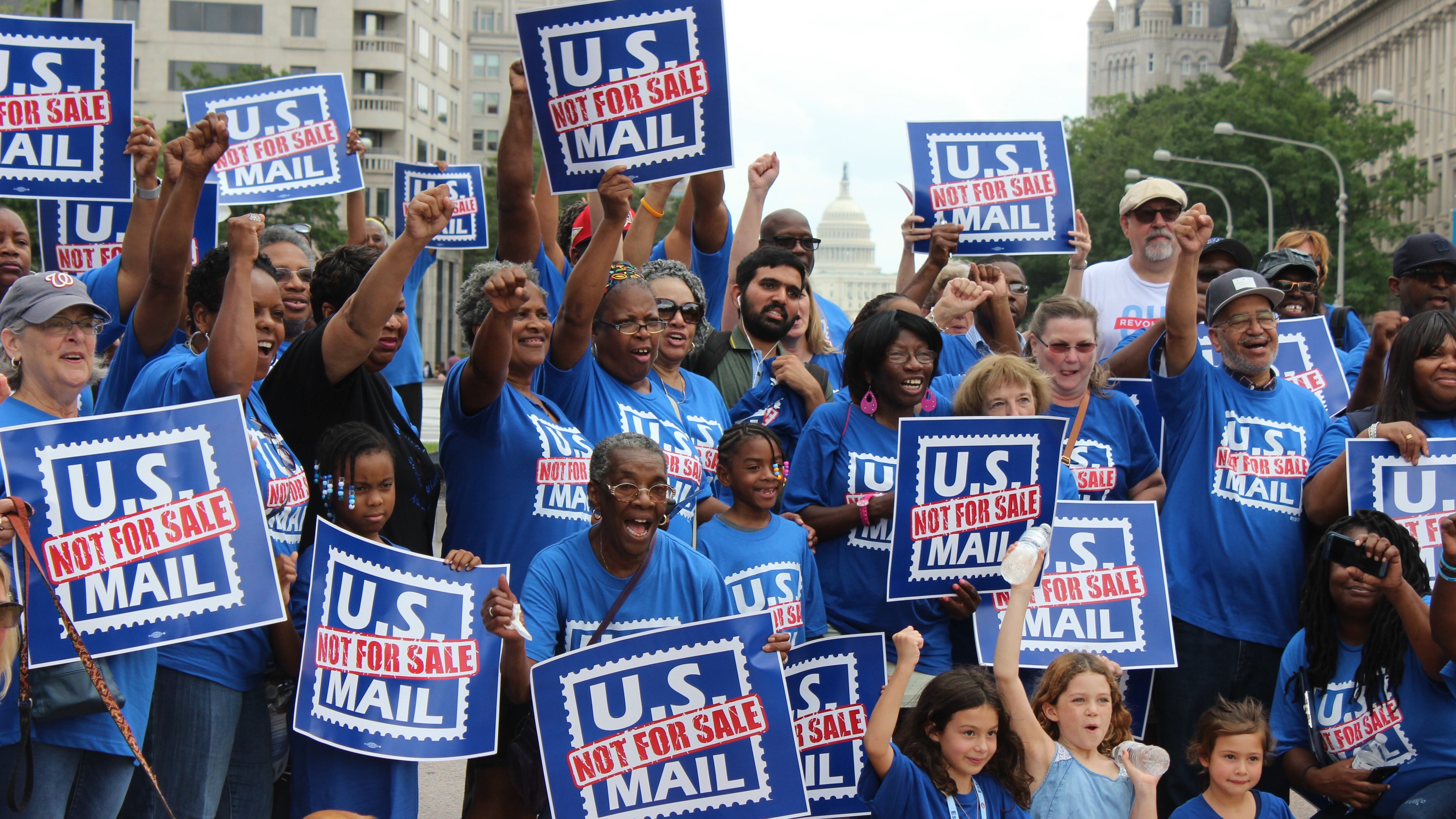The U.S. Postal service has prioritized efforts to minimize employee compensation costs by reducing the number of overall work hours at the agency and paying new employees less than they had before, all as a means of making a dent in the agency’s significant financial challenges.
But a Jan. 17 Government Accountability Office report found that, despite these efforts, USPS has not saved as much as it initially predicted, and meaningful cost savings will require more comprehensive changes.
“USPS estimates a savings of about $9.7 billion from fiscal years 2016 through 2018 as a result of paying new employees less, among other efforts. GAO substantiated about $8 billion in savings, and found that USPS’s cost savings estimates are likely overstated because they do not fully account for changes in work hours or tenure of employees,” the report said.
The calculation of true cost savings from reduced employee compensation may also be more complicated than simply comparing former salaries with new, lower salaries.
RELATED

According to the report, USPS failed to account for the higher costs that can result from increased turnover of employees, if the job doesn’t pay as well as it used to, such as the need to keep training new employees that don’t stick around for very long.
“USPS lacks guidance on what factors to consider in its cost savings estimates, and as a result may make future changes to employee compensation based on incomplete information,” the report said.
“Changes to employee compensation that would require legislative change could save USPS billions, but the amount saved is dependent on USPS overcoming implementation challenges. If USPS could reduce delivery frequency and associated work hours, GAO estimated USPS could save billions a year. However, other recent USPS reductions in service have not fully achieved planned work hour reductions due to, among other things, issues with management of work hours and lack of union agreement. Changing employee pay and benefit requirements could also achieve significant long-term savings, but saving depends on USPS overcoming challenges, such as potential increases in turnover and reduced productivity resulting from decreases in pay and benefits.”
Of USPS’s total operating costs, employee compensation accounts for the most significant portion of that expense, at approximately 72 percent. That cost includes the requirement that USPS prefund its retiree health benefits, which no other agency is required to do and which both the agency and outside groups attribute to a significant portion of USPS’s financial troubles.
RELATED

The agency did manage to bring the total cost of compensation down $9 billion between fiscal years 2009 and 2018, when adjusted for inflation, but GAO found that much of that savings took place between 2009 and 2014. Since then, compensation costs have been on the rise.
“One key reason for the decline in USPS compensation costs was the decrease of 90 million work hours over this period. The largest decrease in work hours was from fiscal years 2009 through 2013, when work hours declined about 12 percent. We reported in 2014 that this was accomplished in part through attrition and separation incentives,” the report said.
“Recent trends, however, show total work hours are increasing, from a combination of new hiring and increased work hours for current employees. From fiscal years 2014 through 2018, work hours increased by 5.4 percent. Additionally, the number of work hours associated with higher costs — overtime and penalty overtime — have also been increasing. USPS reported that the recent increase in work hours and overall compensation costs is a result of increases in the number of delivery addresses and increases in more labor intensive package volume.”
As the letter volume has dropped for USPS each year, and package volume increased, it is likely that USPS will have to at least continue if not increase its investment in those more labor-intensive deliveries.
GAO recommended that the Postmaster General direct the development of cost-savings estimate guidance that includes factors like work hours, tenure and employee turnover. The report also suggested that legislative changes to employee compensation and the universal service mandate could help cut costs as well.
The agency agreed that it should more formally articulate guidance for cost-savings estimates, but it disagreed that the lack of such formal guidance had negatively impacted cost estimates in the past.
Jessie Bur covers federal IT and management.
In Other News




